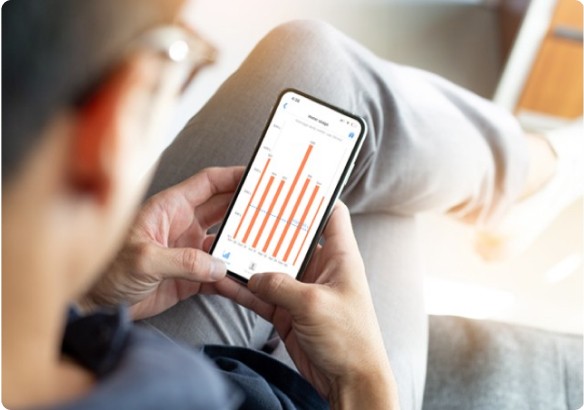Desalinated water
Helping quench Victoria’s thirst for water.
Victoria’s population is expected to almost double by 2065. This, along with the effects of a changing environment, mean we need ways to access more water without just relying on rain.
Securing water for the future
Combining water efficiency measures while investing in desalination, recycled water and storm water harvesting help us provide a buffer against drought and ensure there's enough drinking water for everyone.
Make every drop count
While alternative water sources offer part of the solution, it’s important for all of us to save water and make every drop count in our home or business.
Take a look on the front of your residential water bill to see how you’re tracking under Target 150 or use this water use calculator. It’s about each of us only using 150 litres of water a day – so there's enough for everyone.
Find out more about how you can save water.
So, what is desalinated water?
Desalinated (desal) water is drinking water that the Victorian Desalination Plant in Wonthaggi produces from sea water by removing salt and impurities.
The desalination plant was announced as a project during the Millennium Drought when water storage levels were critically low (16.5% in our largest reservoir). As a sustainable and rain-independent water source, desalination will help supply Victoria’s water needs for future generations.
You can find out more about how it works on the Melbourne Water website.
Why it helps secure our water supply
Since 2016, 194 billion litres of desalinated water have boosted our supplies. In March 2022, the Minister for Water ordered another 15 billion litres for 2022–2023.
Along with other Melbourne retailers and Melbourne Water, each year we assess:
current water storage conditions
projected water demands
possible future climate conditions
the balance between managing security of supply and minimising customer impacts.
It’s then up to the Minister for Water to place an order or not in the coming financial year.
In September 2022 the order was cancelled on advice from Melbourne Water due to the high levels in Melbourne's water storages.
How it works
From homes to high-rises, farms, businesses, sportsgrounds and schools. Desal is an important part of a water cycle that supports each and every one of us - and helps keep our city livable.
- Sea water is turned into drinking water at the desal plant.
- It flows into Cardinia Reservoir to top up our rainwater.
- And is pumped across the city and suburbs to sustain each and every community.
- It's then sent to our water recycling plants - and is used again and again (and again) through a network of purple pipes.
- As Melburnians we know how precious our water is. So we're famously water wise - using tanks, timers, and technology to make every drop count.
Does it look or taste different?
Rest assured, there’ll be no difference to the appearance or taste of water that comes out of your tap—water from the plant is some of the best in the world to match the high quality of water that Melburnians enjoy.
Find out more on the Department of Energy, Environment and Climate Action (DEECA) website.
Does it cost me anything?
In 2022-21, while the Victorian Government has made a 15GL order of desal water, we're keeping your bills stable.
In September 2022 the order was suspended on advice from Melbourne Water due to the high levels in Melbourne's water storages.




